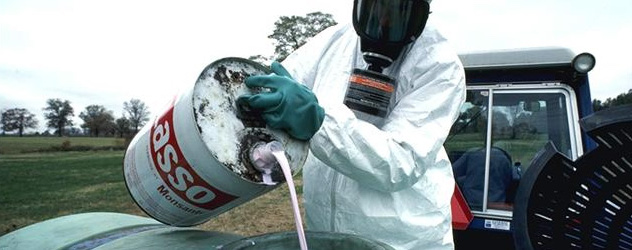Once You See What’s Lurking In Your Tampon, You May Never Use Them Again!
In the food world, we hear a lot of concern over genetically modified (GMO) foods and foods sprayed with toxic pesticides. But how often do we think about other ways we are exposed to these toxins?
If you are a woman, you may have overlooked one way that you are repeatedly exposed to pesticides: your feminine hygiene products.
Tampons are made of cotton, rayon, or a blend of both. Conventional cotton tampons are made with cotton that has been heavily treated with pesticides. Cotton is actually considered the “dirtiest” crop due to the sheer amount of hazardous pesticides used in its production.
Three of the pesticides, determined by the World Health Organization as acutely toxic to human health, are commonly used in cotton production. Just one drop, ingested or absorbed into the skin at full strength, is lethal.
However, pesticides are not your only concern – chlorine is also a safety issue. Rayon is made from bleached cellulose fibers derived from wood pulp. According to the FDA, “Bleaching the wood pulp is a potential source of trace amounts of dioxin in tampons.”
And it doesn’t stop there. Many do not realize that fragrances are primarily made from synthetic chemicals. Scented tampons only lead to more toxins.
According to Connie Pitts, author of Get A Whiff Of This: Perfumes – The Invisible Chemical Poison, “Scented products contain an abundance of harmful chemicals, many of which are listed on the EPA’s Hazardous Waste List. They also include numerous carcinogenic chemicals, neurotoxins, respiratory irritants, solvents, aldehydes, hundreds of untested and unregulated petrochemicals, narcotics, and much more.”
So what’s the solution? Organic, chlorine free, unscented tampons. These are widely available and a great alternative for tampon users who are hesitant about using a re-usable menstrual cups. Those brands include Natracare, Seventh Generation and Organyc.
Share this with your friends and make them aware of the toxins being absorbed directly through their skin.


